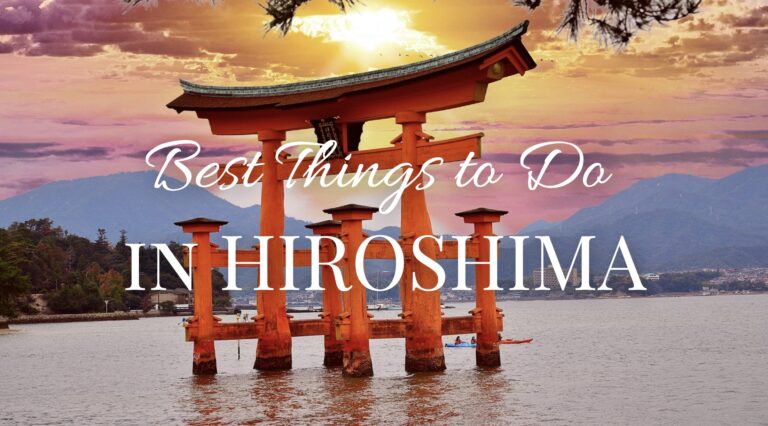Hiroshima, a city steeped in history and resilience, offers a myriad of experiences to its visitors. It’s a city that has risen from its ashes and now stands as a symbol of peace and hope. In this guide, we’ll explore these best things to do in Hiroshima, each providing a unique insight into the city’s culture, history, and natural beauty.
From the poignant Hiroshima Peace Memorial Park to the enchanting Itsukushima Shrine, Hiroshima invites travelers to delve into its rich tapestry and discover attractions that are as educational as they are inspiring. Whether you are a history enthusiast, a nature lover, or a foodie eager to try the local delicacies, Hiroshima won’t disappoint.
1. Hiroshima Peace Memorial Park and Museum
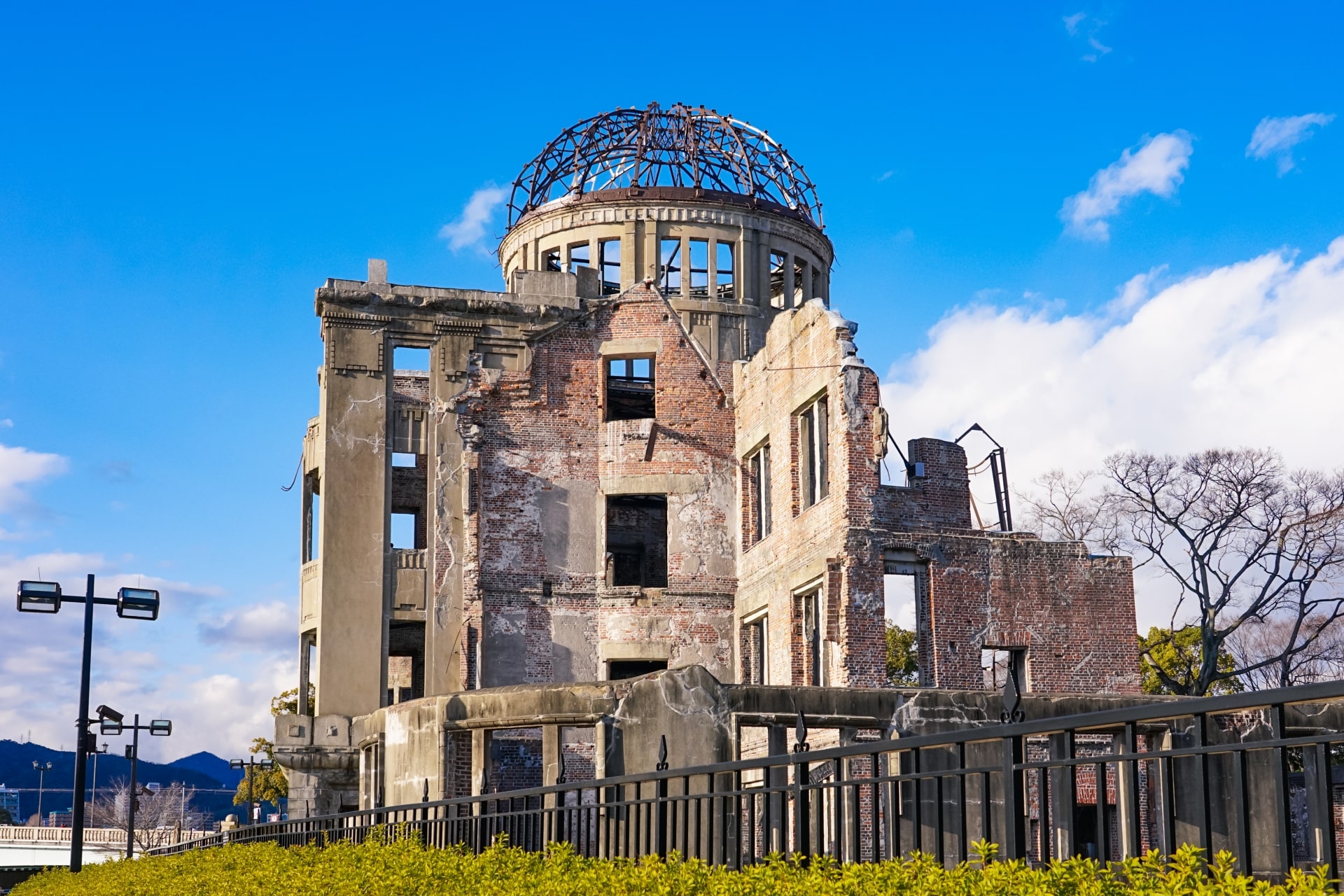
Nestled in the heart of Hiroshima, the Hiroshima Peace Memorial Park and Museum are poignant reminders of the catastrophic atomic bombing in 1945. Visitors are drawn to the serene ambiance of the park that houses various monuments, including the iconic A-Bomb Dome, the surviving testament to that fateful day. The museum presents a powerful narrative, showcasing artifacts, photographs, and personal accounts, ensuring that the horrors of nuclear warfare are neither forgotten nor underestimated. This experience offers profound insights into the resilience and peace-driven spirit of Hiroshima, inviting reflections on war, peace, and humanity’s future.
2. Miyajima Island
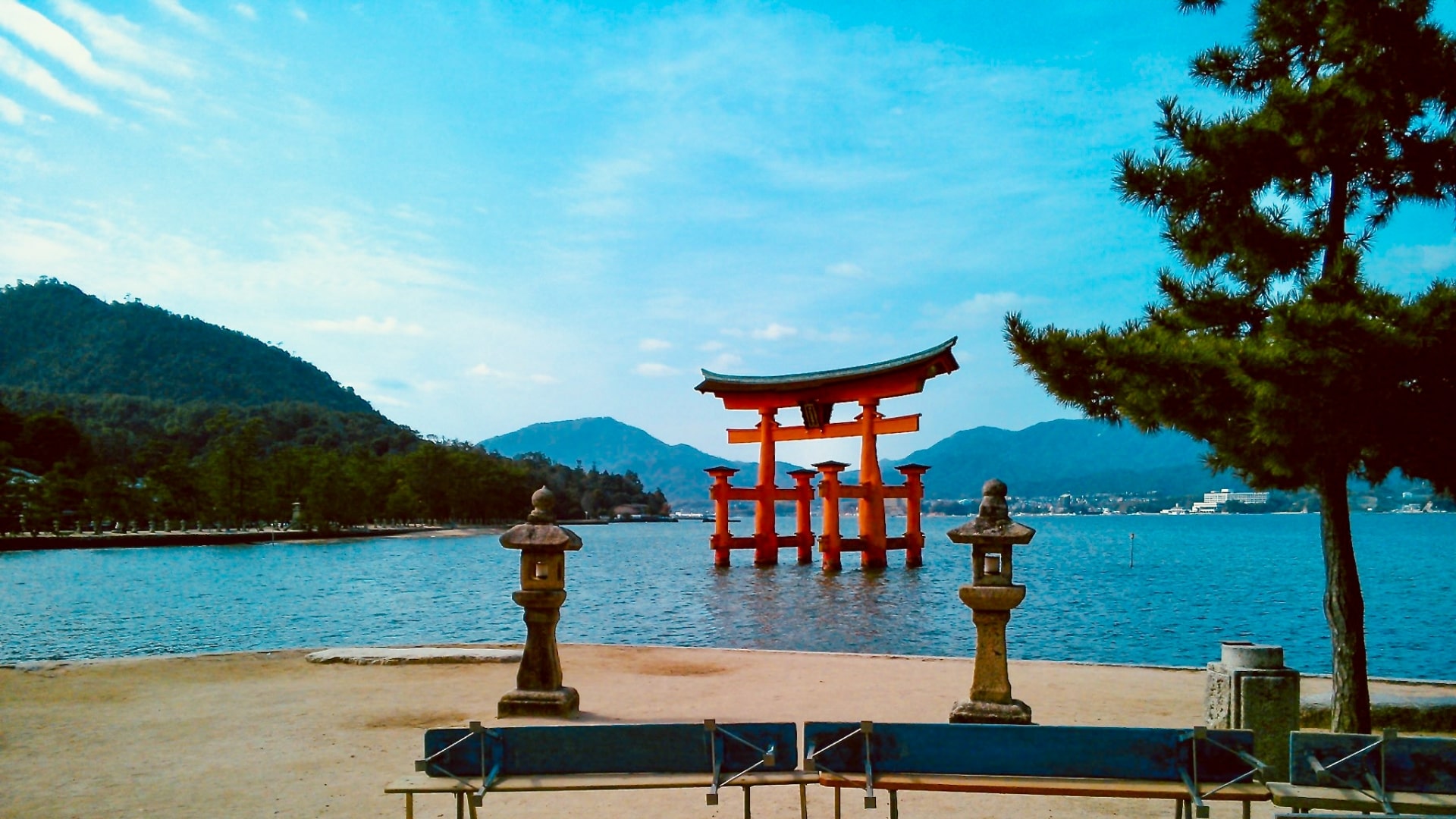
Miyajima Island, officially known as Itsukushima, is a scenic retreat located in the western part of Hiroshima Bay. Recognized for its lush hills, ancient forests, and the iconic floating torii gate, the island offers a refreshing contrast to urban landscapes. Visitors can explore enchanting walking trails, savor delectable local cuisine, and interact with the friendly deer roaming freely. Miyajima Island is not just a visual feast; it’s a sanctuary where nature, culture, and spirituality intertwine, providing a holistic experience for those seeking tranquility and enlightenment.
3. Itsukushima Shrine
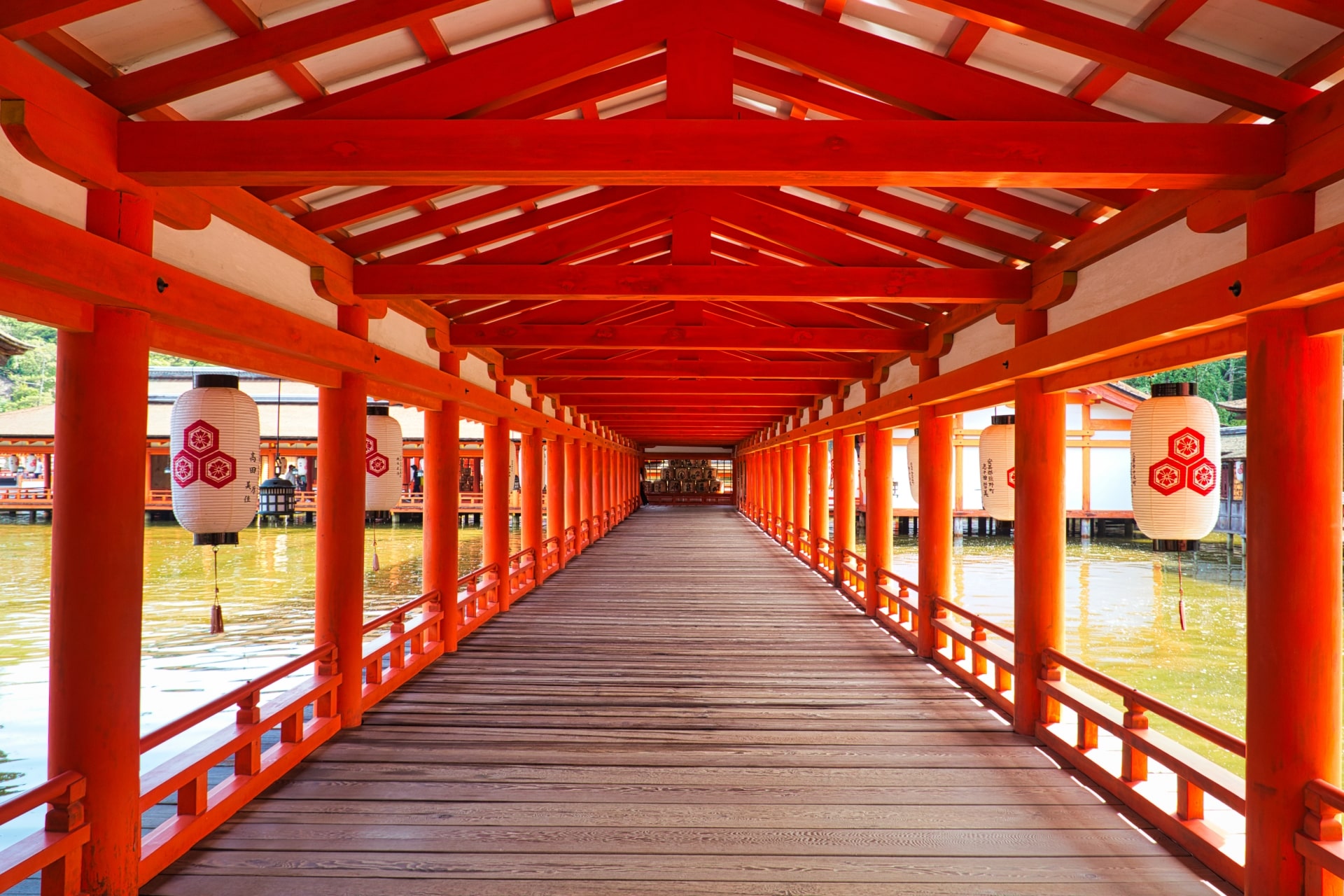
Itsukushima Shrine, a UNESCO World Heritage Site located on Miyajima Island, is renowned for its unique construction that appears to float on the water during high tide. The vermillion torii gate of the shrine, contrasting with the blue waters and green hills, creates a picturesque scenery that has been celebrated for centuries. The shrine complex, comprising several buildings connected by boardwalks, represents a harmonious blend of human artistry and natural beauty. Exploring this architectural marvel allows visitors to delve into the ancient Shinto traditions and experience the spiritual ambiance that permeates this sacred site.
4. Hiroshima Castle
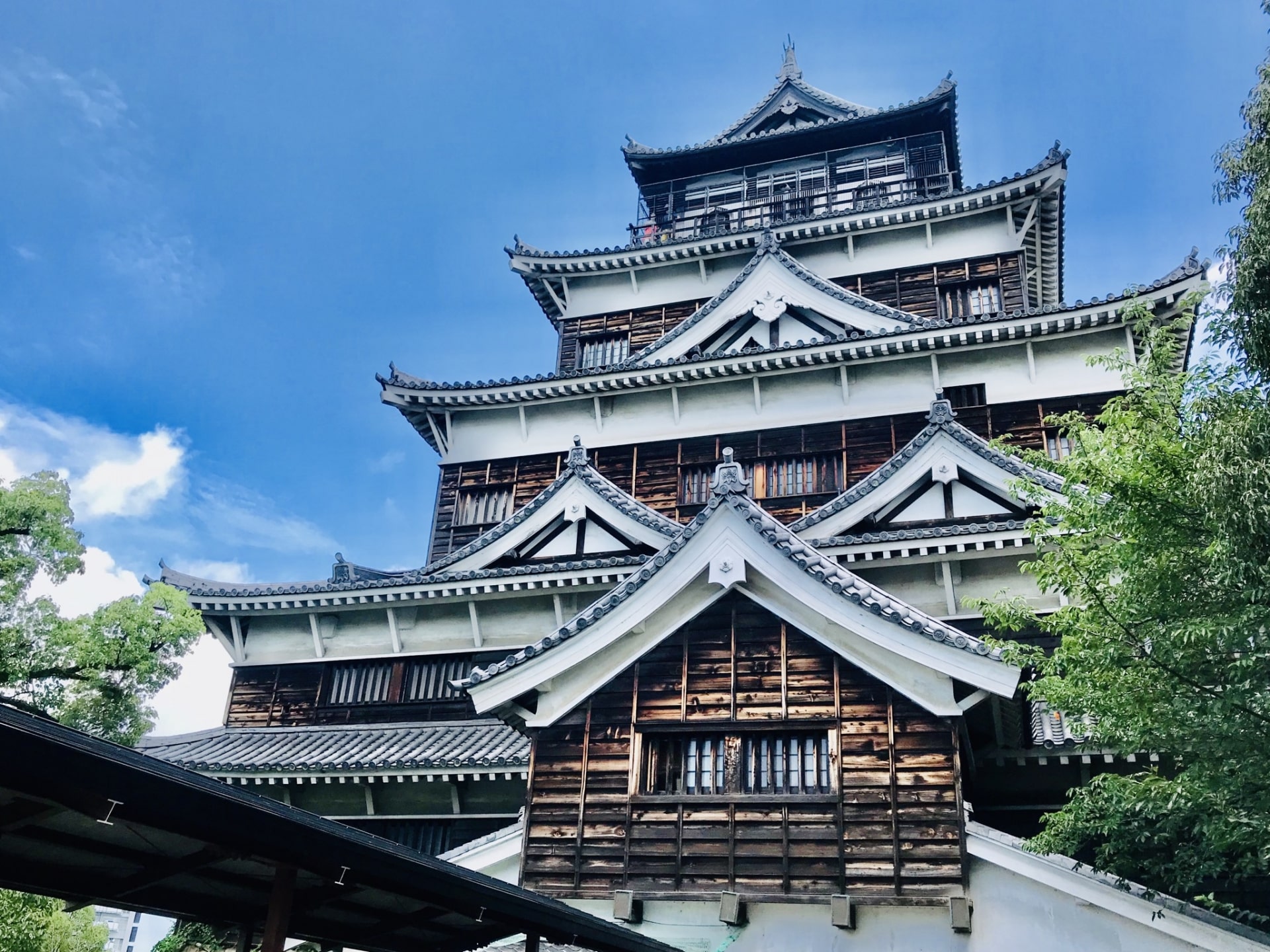
The majestic Hiroshima Castle, also known as Carp Castle, stands as a symbol of Hiroshima’s resilience and history. Reconstructed after World War II, this five-story castle offers a captivating glimpse into the samurai culture and the Edo period’s architectural elegance. Visitors can explore the castle’s extensive grounds, adorned with moats and turrets, and delve into Hiroshima’s rich tapestry at the informative museum housed within. The panoramic views of Hiroshima city from the castle’s top are breathtaking, providing a contrasting image of historical splendor against modern cityscape.
5. Mt. Misen
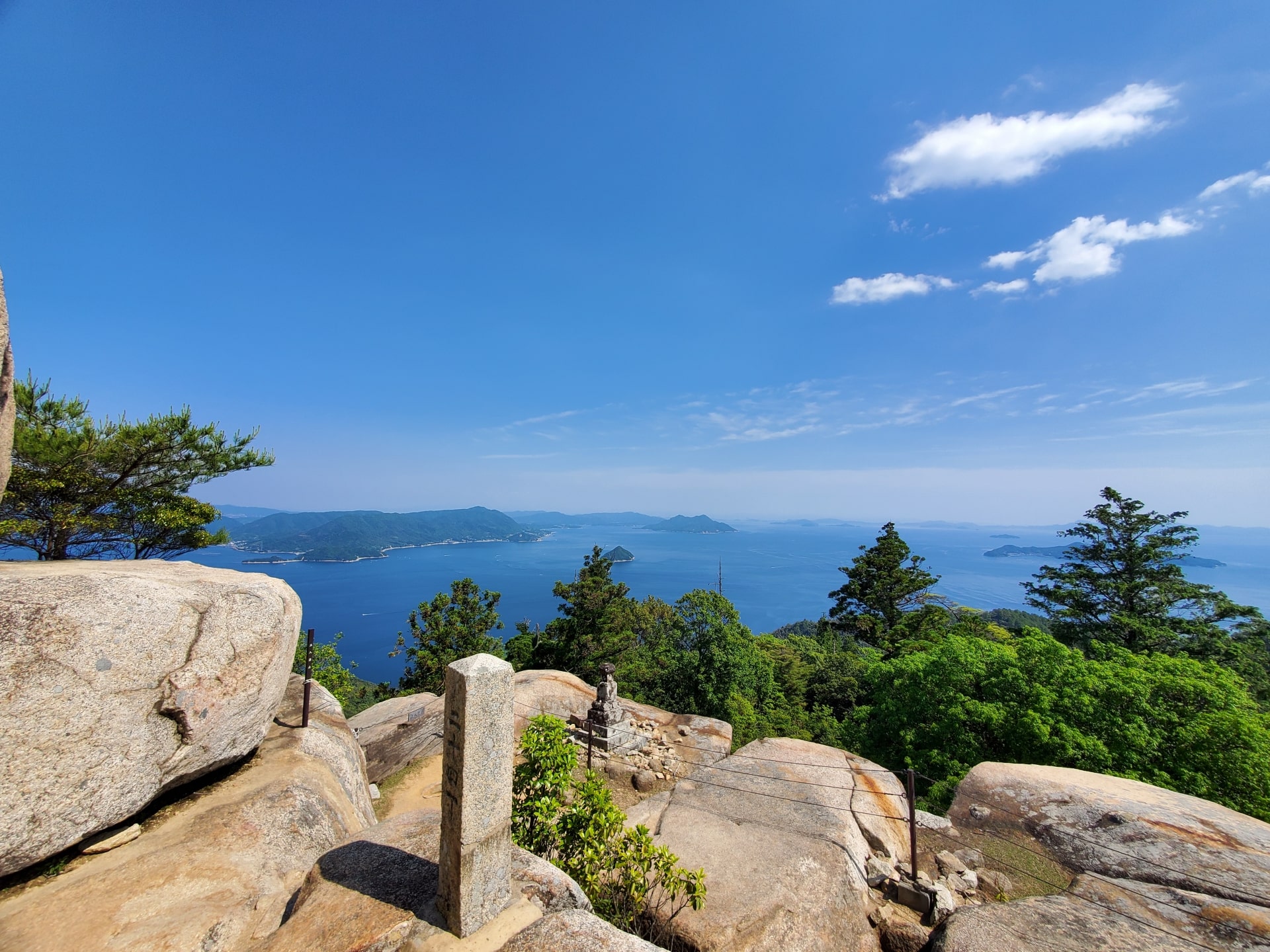
Mt. Misen, the sacred mountain located on Miyajima Island, promises an exhilarating journey amidst pristine natural beauty. Offering several hiking trails, each route unveils the mountain’s diverse flora and fauna, ancient temples, and spectacular viewpoints. The Daishoin Route is particularly notable, dotted with spiritual sites and the eternal flame, said to be burning for over 1200 years. Those seeking a less strenuous option can take the ropeway, enjoying the sweeping views of Seto Inland Sea and the surrounding islands, a visual treat steeped in spiritual serenity.
6. Momijidani Park
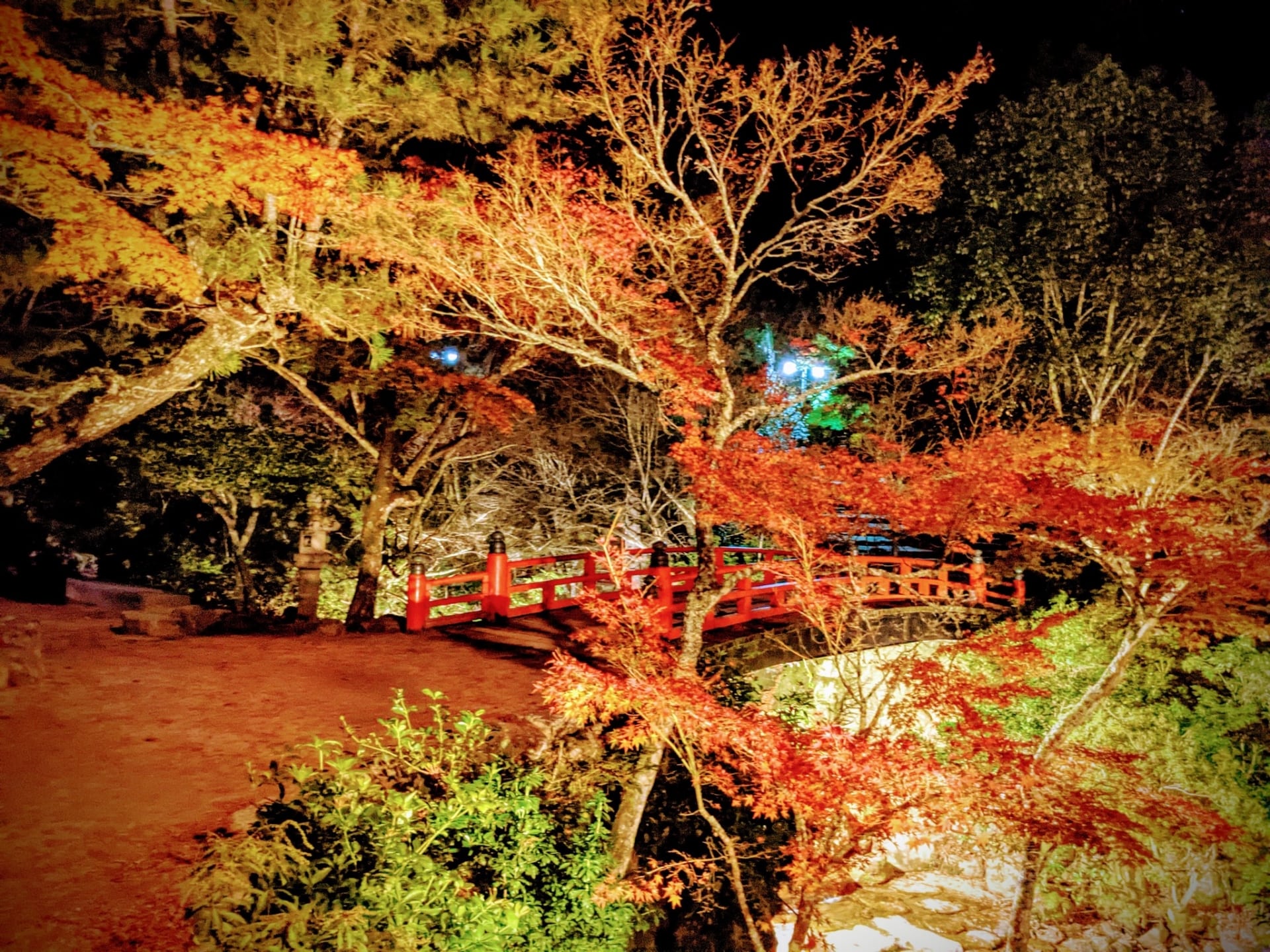
Nestled at the base of Mt. Misen on Miyajima Island, Momijidani Park is a serene escape showcasing Hiroshima’s natural splendor. It is renowned for its vibrant autumn foliage, where the maple leaves paint the landscape in shades of red, orange, and gold. Visitors can enjoy leisurely walks along the well-maintained paths, surrounded by the soothing sounds of rustling leaves and flowing streams. The park also serves as the starting point for hiking trails leading to Mt. Misen, offering adventure enthusiasts a chance to explore the island’s rugged terrain and witness panoramic views of the surrounding areas.
7. Shukkeien Garden
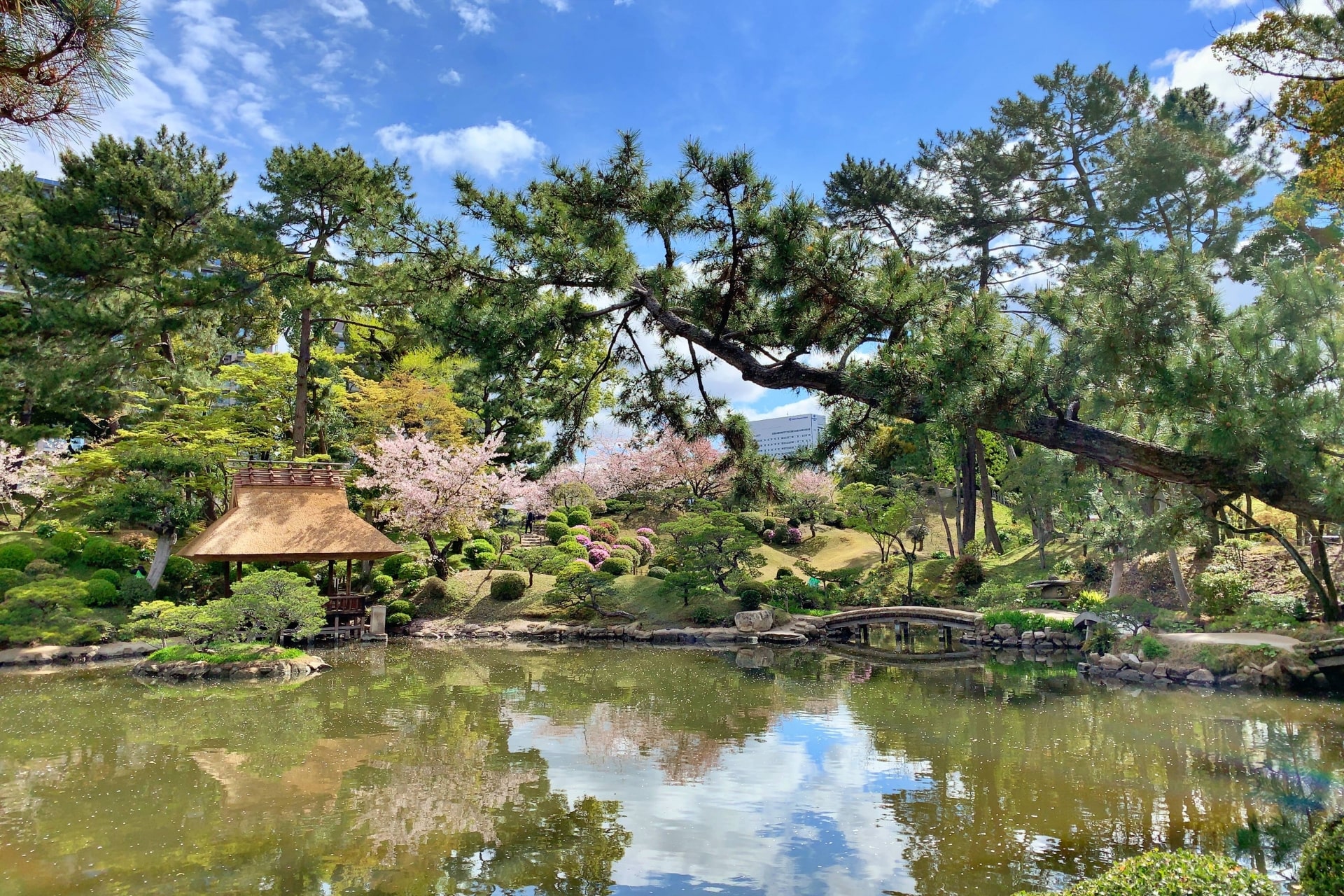
Shukkeien Garden is a beautifully designed traditional Japanese garden in Hiroshima. Its intricate miniature landscapes, featuring valleys, mountains, and forests around a central pond, provide a serene escape from the urban hustle. Visitors can meander through the garden’s winding paths, discovering stone bridges, tea houses, and seasonal flora, each element meticulously arranged to represent various scenes from different regions of Japan. The harmonious blend of natural elements in Shukkeien offers a tranquil space for reflection and a refreshing perspective on the exquisite artistry of Japanese gardening.
8. Hiroshima Museum of Art
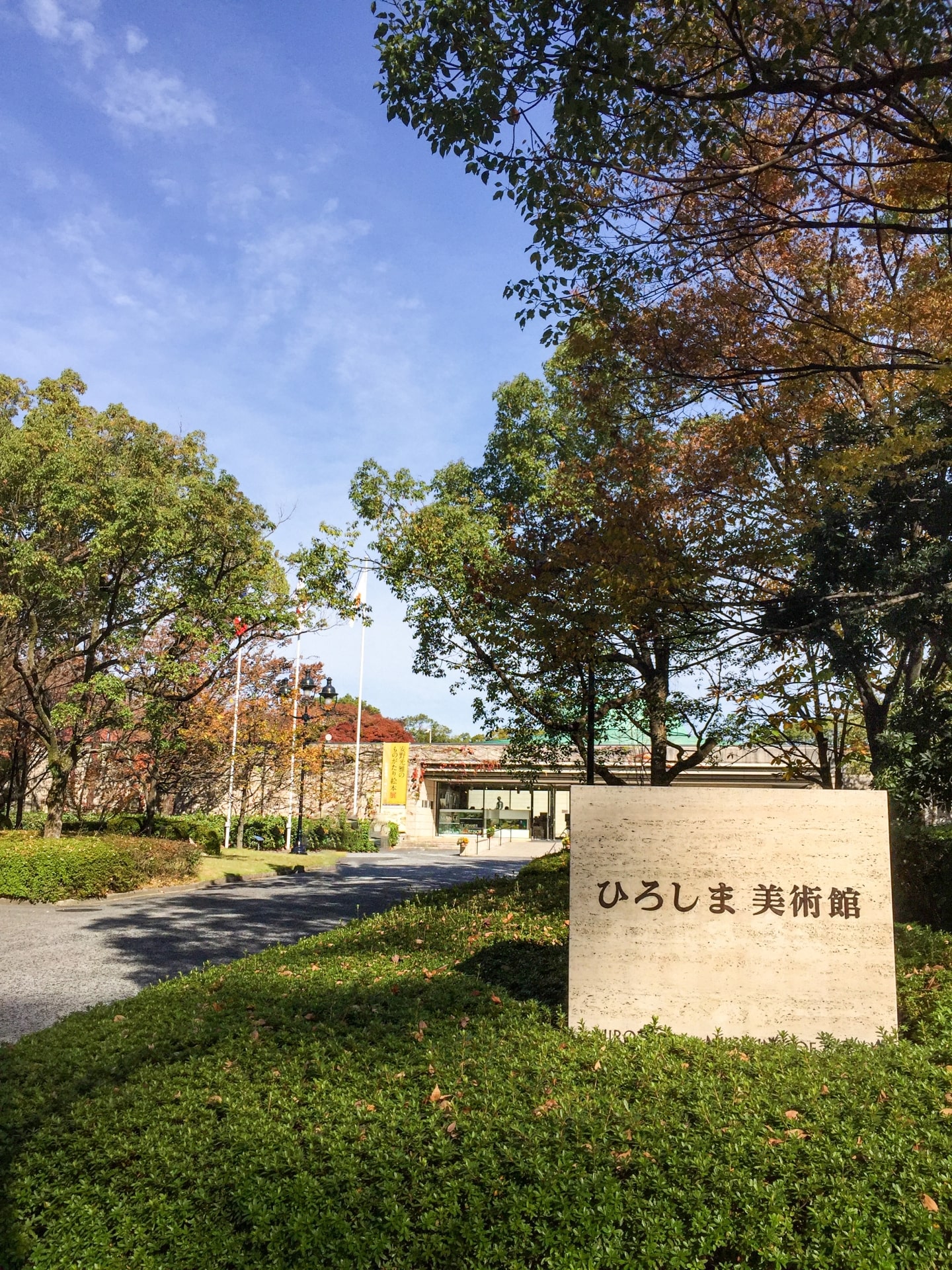
The Hiroshima Museum of Art is a cultural haven, featuring a diverse range of artistic expressions. Situated in the heart of Hiroshima, this museum houses an impressive collection of modern European art, showcasing masterpieces by renowned artists like Picasso, Monet, and Van Gogh. Each piece narrates a distinct tale, allowing visitors to traverse through various artistic movements and eras. The museum also celebrates Japanese artists, offering a harmonious blend of Western and Eastern artistic philosophies. A visit here is a visual and intellectual feast, providing insights into the evolution of art.
9. Hiroshima Prefectural Art Museum
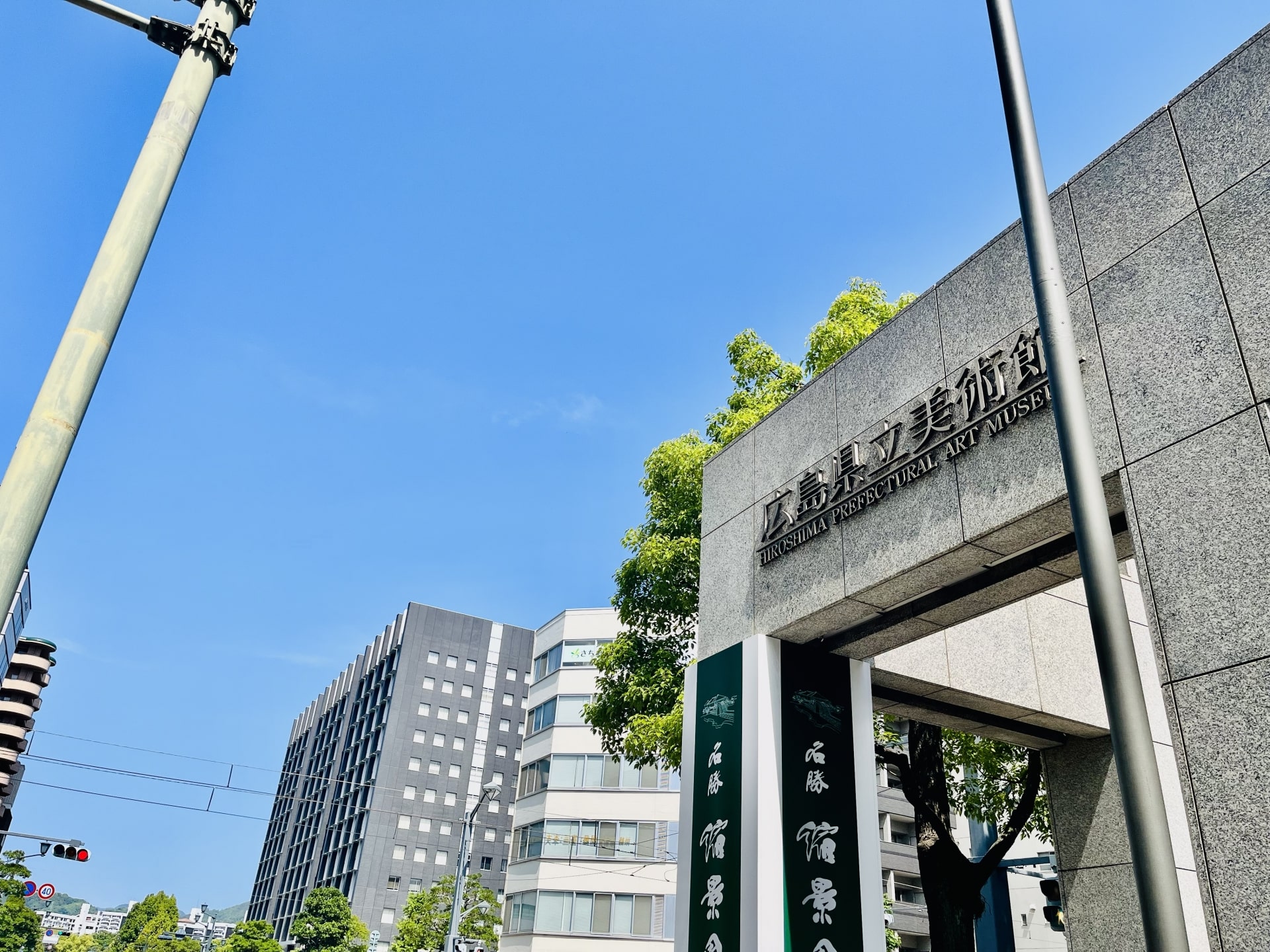
Located adjacent to Shukkeien Garden, the Hiroshima Prefectural Art Museum is a repository of traditional and contemporary Japanese art. The museum’s extensive collection encompasses ceramics, crafts, and paintings, reflecting Japan’s artistic heritage and Hiroshima’s regional culture. Regularly rotating exhibits ensure that every visit offers a fresh perspective on Japanese artistry. The museum’s integration of nature with its architecture, mirroring the scenic beauty of the neighboring garden, enriches the visitor’s experience, making it a sublime cultural exploration interspersed with natural beauty.
10. Mitakidera Temple
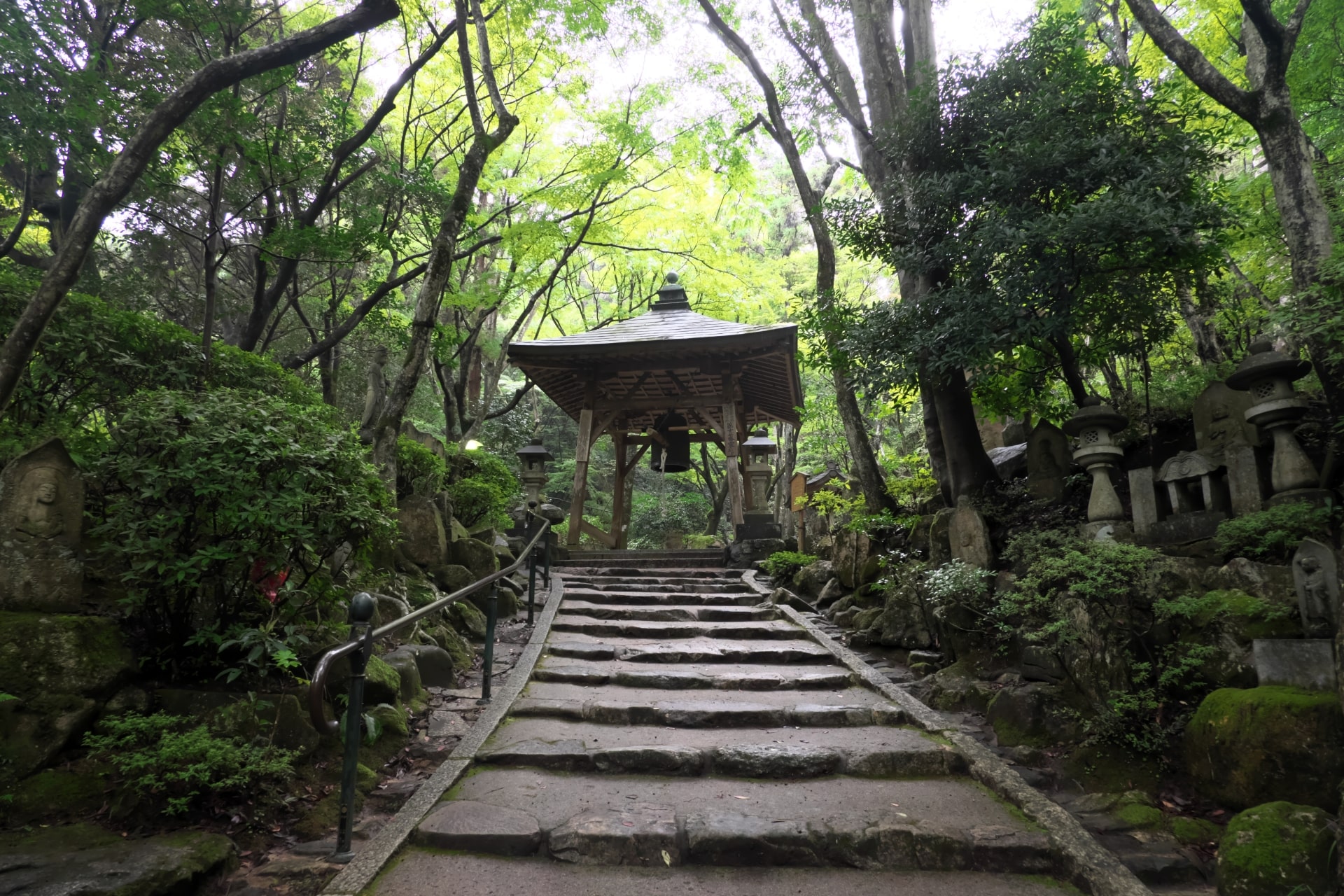
The historic Mitakidera Temple stands as a testament to Hiroshima’s rich spiritual tapestry. Nestled amidst lush greenery, this Buddhist temple dates back to the 9th century and offers a serene retreat from the city’s vibrancy. The ancient statues and intricately carved structures within the temple emanate a profound sense of peace and spirituality. The surrounding gardens, with their blooming flowers and aged trees, accentuate the tranquil ambiance, providing a picturesque backdrop for contemplation and exploration. A visit to Mitakidera Temple is a journey through time, experiencing the enduring spiritual essence of Hiroshima.
11. Hiroshima City Asa Zoological Park
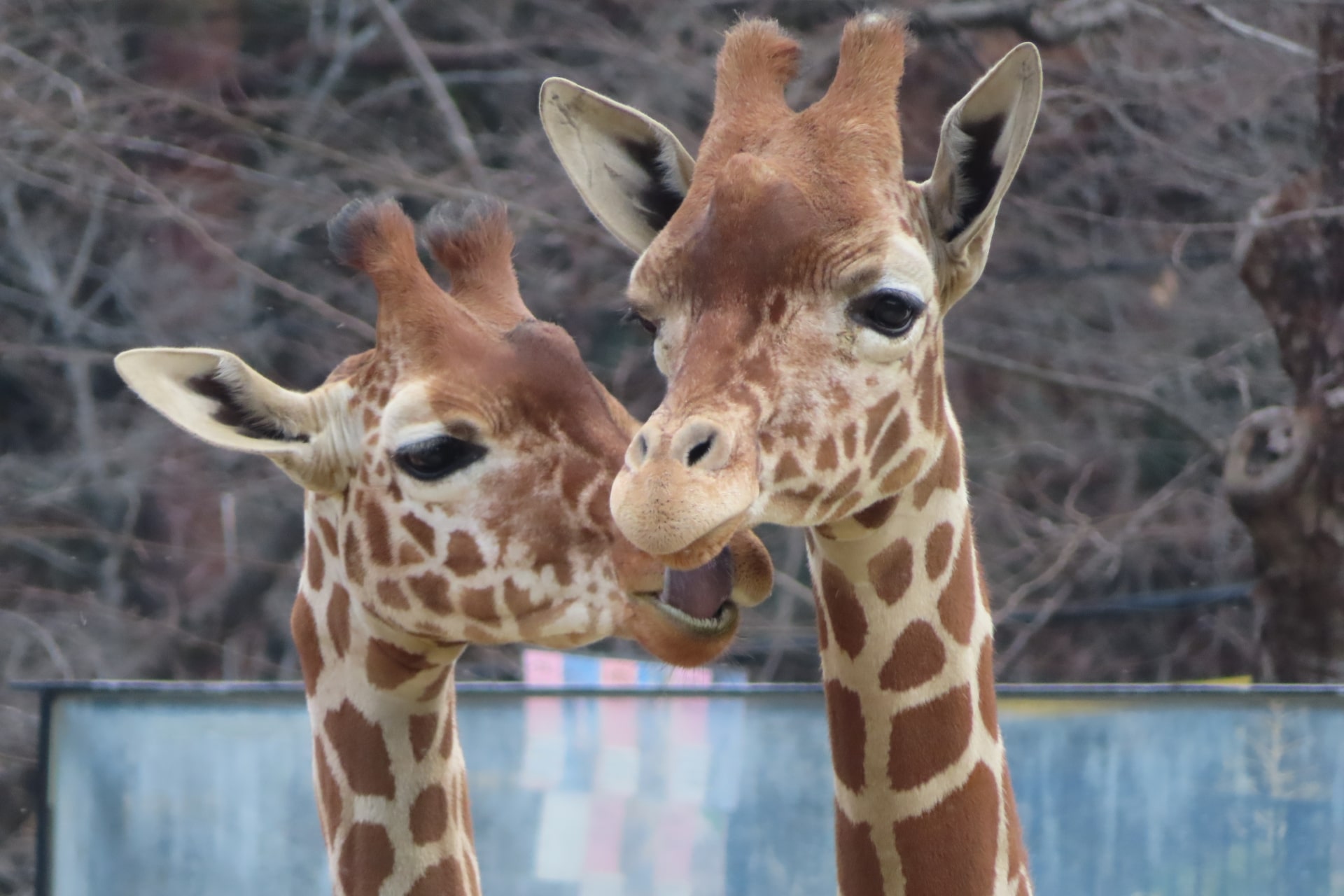
Hiroshima City Asa Zoological Park stands as a treasure trove of wildlife in the heart of Hiroshima. Hosting over 160 species, this expansive zoo provides visitors with an opportunity to observe and learn about diverse animals from around the globe. It’s a haven for animal enthusiasts, offering interactive experiences and educational programs that focus on conservation and animal care. The zoo’s thoughtful design enhances the viewing experience, allowing guests to immerse themselves in the exotic and native habitats of the animals, making a visit here both entertaining and enlightening.
12. Okonomimura Village
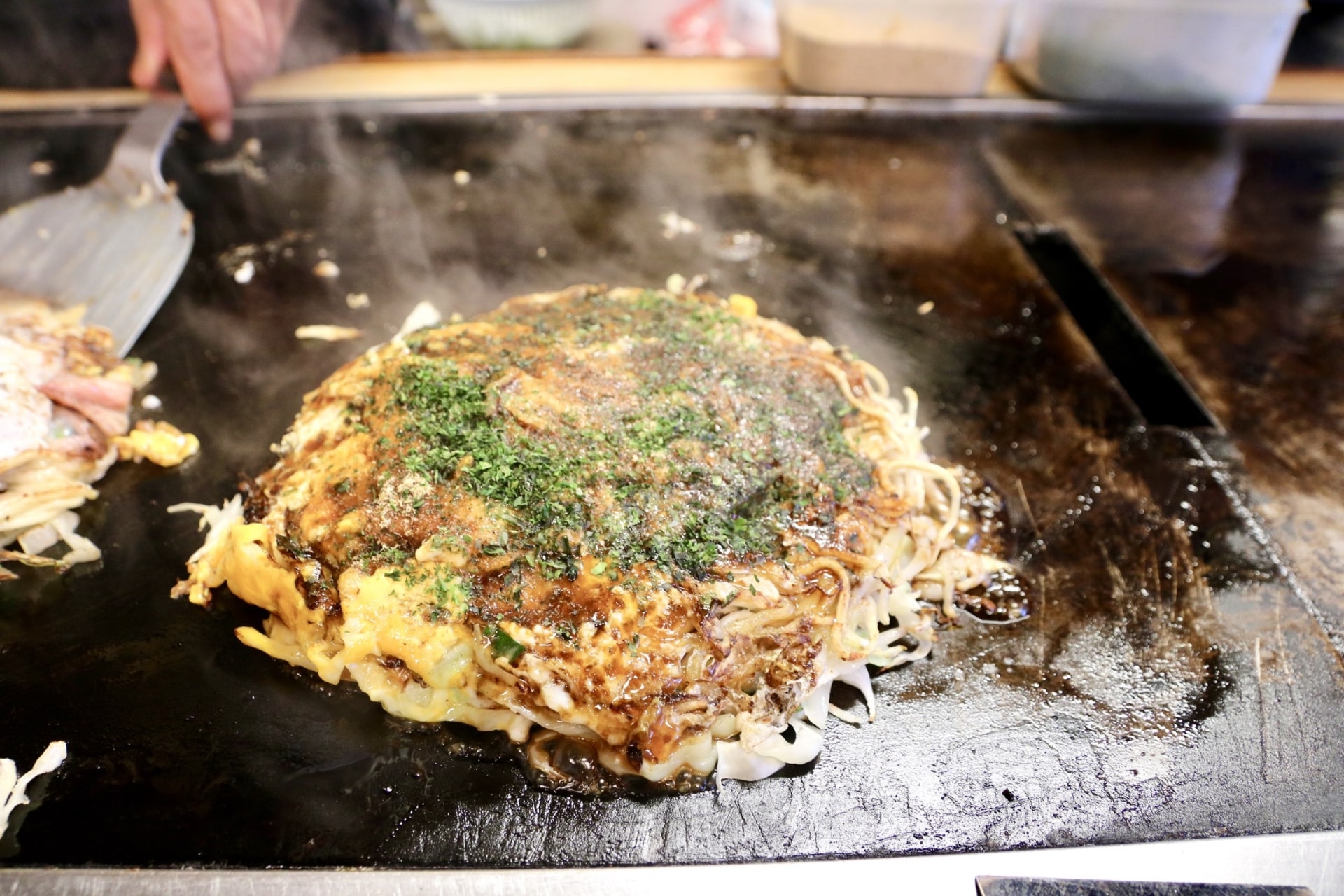
Known as the birthplace of Hiroshima-style okonomiyaki, Okonomimura Village is a food paradise for gastronomes. This multi-story complex is home to numerous restaurants, each serving their unique take on the savory Japanese pancake, loaded with a variety of ingredients like noodles, cabbage, and seafood. The open-kitchen settings allow diners to witness the culinary artistry of chefs as they craft this local delicacy. Each bite is a flavorful experience, showcasing the culinary heritage of Hiroshima. A visit to Okonomimura is a gastronomic journey, offering a taste of local flavors and a glimpse into the vibrant food culture of Hiroshima.
13. Hiroshima Gokoku Shrine
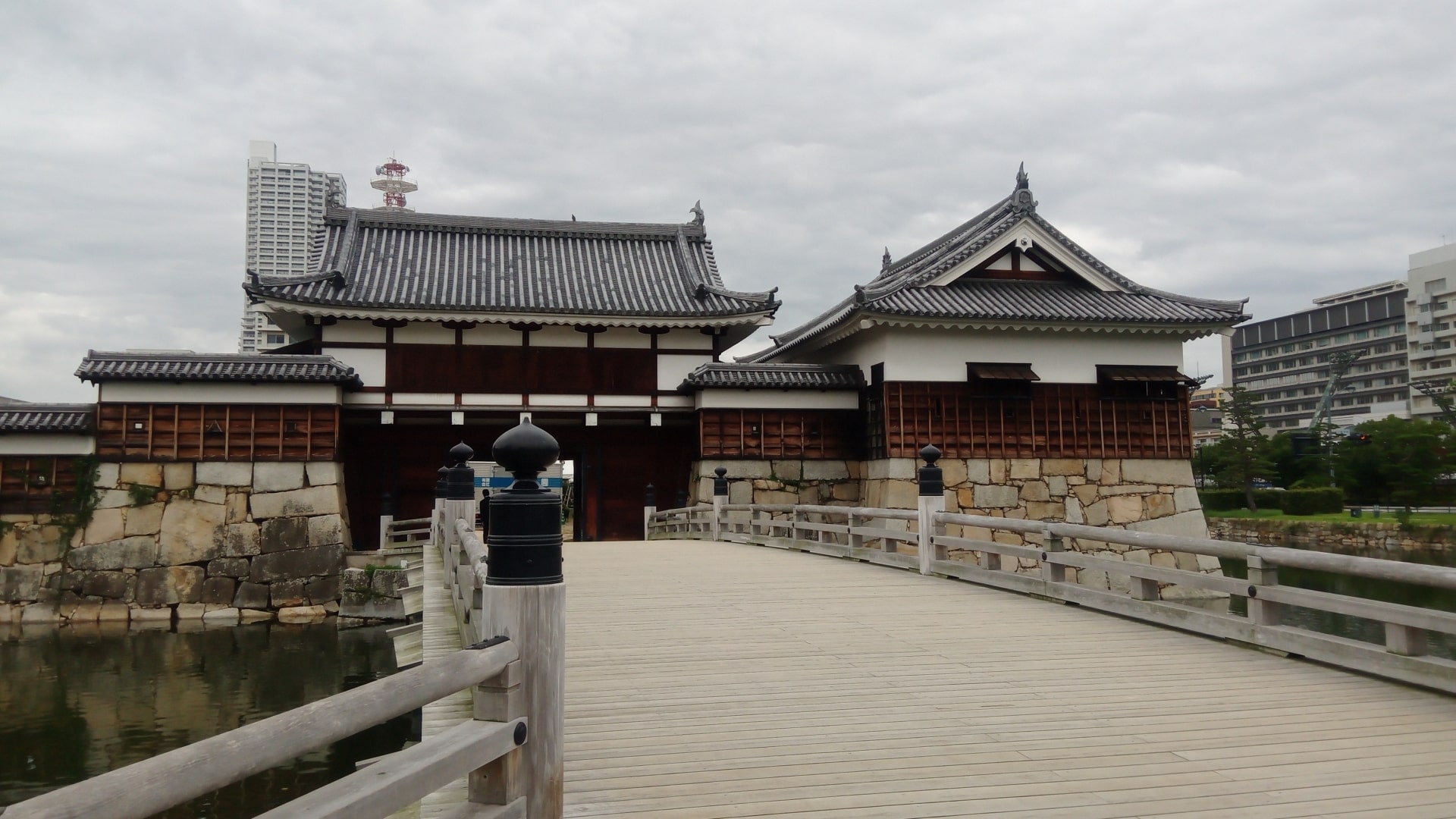
Hiroshima Gokoku Shrine is a significant spiritual site, symbolizing Hiroshima’s resilience and devotion. Rebuilt after the war, this Shinto shrine honors the spirits of those who sacrificed their lives for their country. The serene ambiance, marked by ancient trees and stone lanterns, invites visitors to reflect on the city’s history and pay their respects. The shrine’s traditional architecture and sacred rituals provide a glimpse into Shinto practices and beliefs. The annual events and festivals held here celebrate Hiroshima’s cultural heritage, making it a living testament to the city’s enduring spirit and a must-visit site for those seeking to understand its profound legacy.
14. Kure Portpia Park
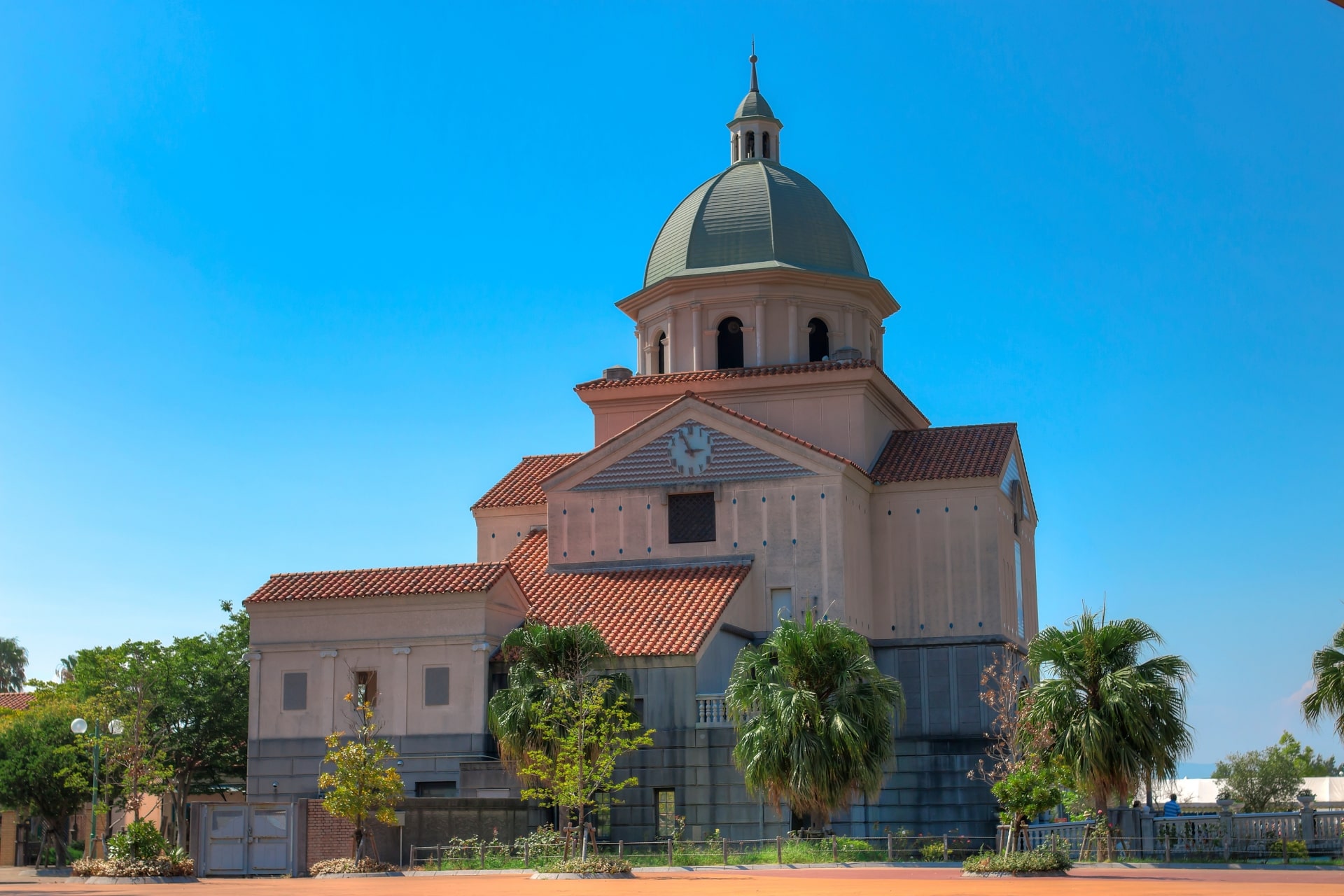
Kure Portpia Park stands as a picturesque coastal retreat in the port city of Kure. The meticulously landscaped gardens, dotted with colorful flowers and lush greenery, create a tranquil setting for relaxation and recreation. The park’s waterfront location offers stunning views of the Seto Inland Sea and passing ships, adding a nautical charm to the atmosphere. With its playgrounds, walking trails, and open spaces, it caters to visitors of all ages, making it a popular spot for family outings and picnics. The harmony of land and sea at Kure Portpia Park provides a refreshing experience for both locals and tourists alike.
15. Shimanami Kaido Cycling

Embark on an enchanting journey through the Shimanami Kaido, a spectacular bicycle route that links Hiroshima Prefecture to Ehime Prefecture, traversing a series of stunning small islands in the Seto Inland Sea. This cycling odyssey offers unparalleled experiences with panoramic sea views, picturesque landscapes, and the charming local life of the island communities. Spanning approximately 70 kilometers, the route is peppered with well-marked paths, rest areas, and rental bicycle terminals, making it accessible for cyclists of all levels. The diversity of sights, from the azure waters and towering bridges to quaint villages and citrus orchards, enriches the adventure, rendering it a must-experience attraction for those exploring Hiroshima. The Shimanami Kaido Cycling route provides an invigorating way to delve into the scenic beauty and cultural tapestry of the region.
16. Side Trip to Yamaguchi
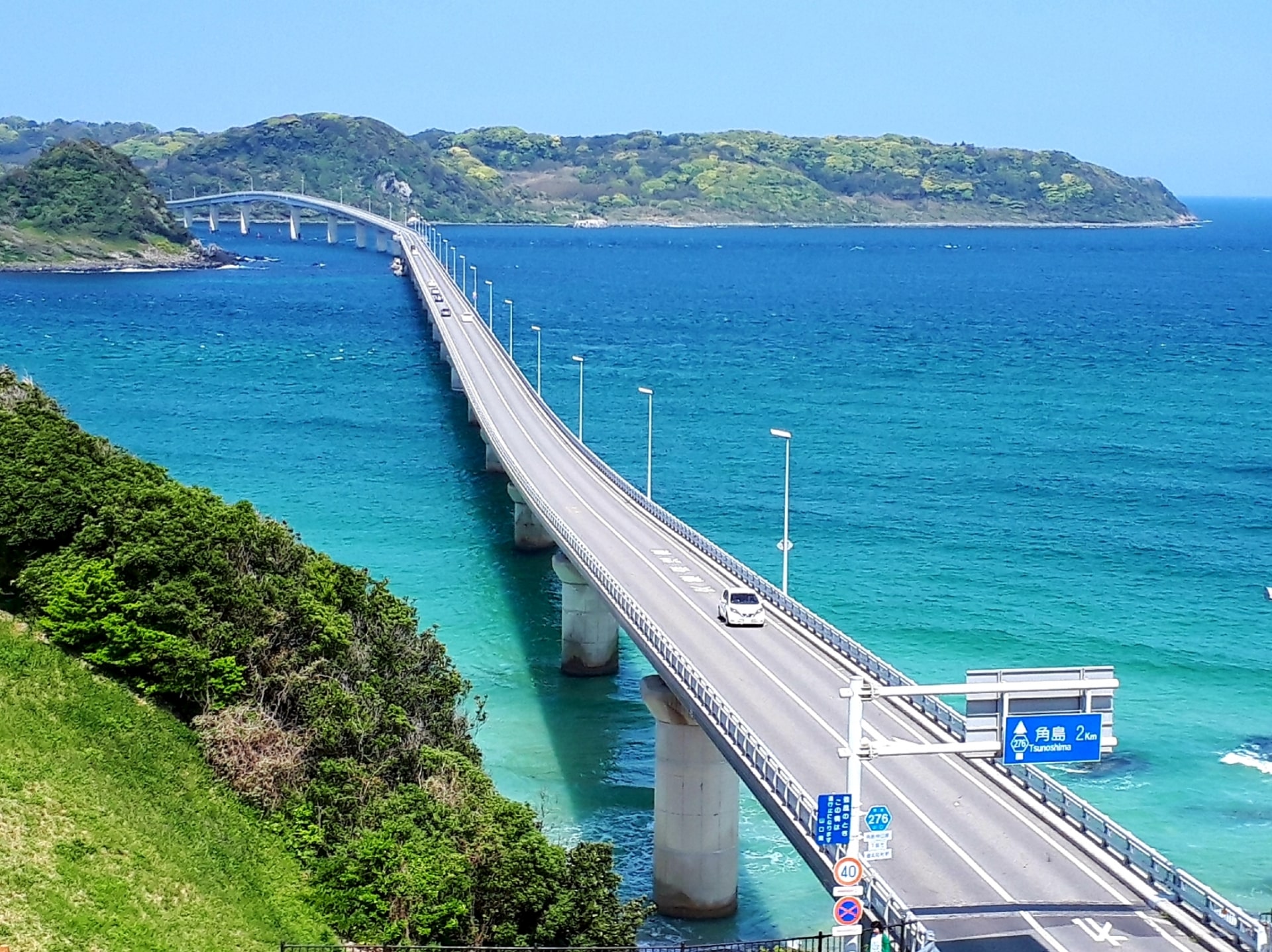
Embarking on a side trip to Yamaguchi from Hiroshima opens up a realm of historical and natural explorations. Yamaguchi, often referred to as the “Kyoto of the West,” is rich in cultural heritage, from ancient temples like Ruriko-ji to traditional tea houses in Yuda Onsen. The prefecture’s diverse landscapes range from the scenic Akiyoshidai Plateau to the tranquil Tsunoshima Island, offering a myriad of outdoor activities such as hiking, beachcombing, and sightseeing. This excursion provides a deeper understanding of the Chugoku region’s multifaceted allure, making it a rewarding addition to any Hiroshima itinerary.
Hiroshima, with its vibrant culture and profound historical significance, provides a deeply enriching experience for all who visit. The array of attractions we’ve explored in the best things to do in Hiroshima offers a balanced mix of learning, reflection, and enjoyment.
This city, with its testament to peace and its breathtaking natural locales, ensures that every visitor leaves with a sense of understanding and appreciation. Hiroshima’s delightful cuisine, warm locals, and the enduring spirit of resilience and hope make it a must-visit destination on any Japan itinerary. So, immerse yourself in the diverse offerings of Hiroshima and let the city’s story unfold before you, leaving a lasting imprint on your heart.
◇◇◇Let’s also check out these tourist attractions in the neighboring prefectures in Chugoku Region!◇◇◇
▶︎▷▶︎▷15 Best Things to Do in Tottori
▶︎▷▶︎▷17 Best Things to Do in Shimane

